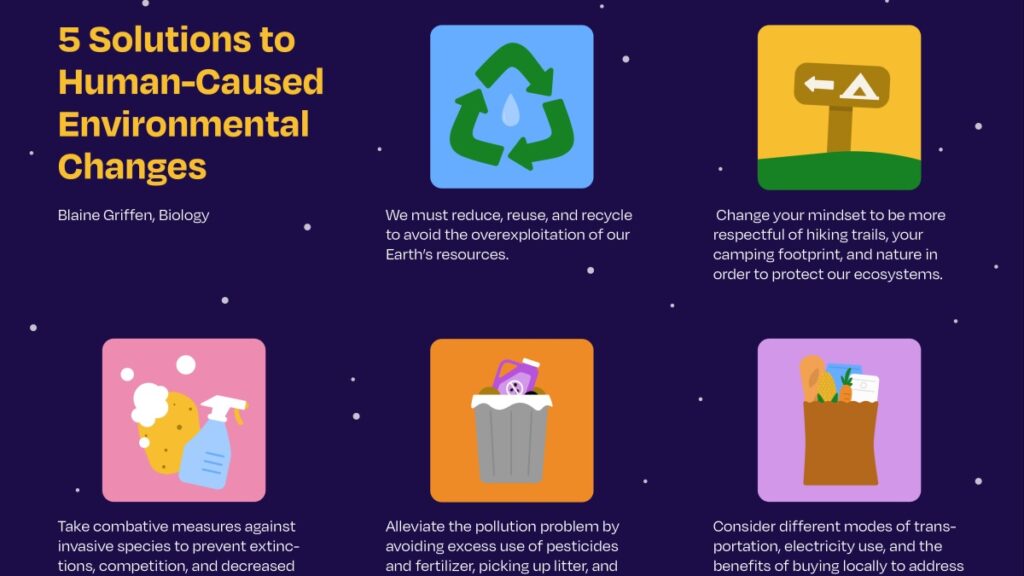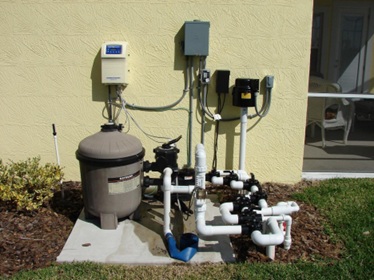
Living sustainably isn’t just a trend—it’s an essential step toward protecting our planet. Every decision we make, from how we heat our homes to the products we buy, has an impact on the environment. The good news? By making simple, practical choices in your daily life, you can reduce your ecological footprint and help preserve resources for generations to come.
What Is Green Living and Why Is It Important?
Green living is all about making choices that are mindful of the environment. It means reducing waste, conserving resources, and lessening our dependence on non-renewable energy sources.
Why does it matter? According to the United Nations, households contribute 72% of global emissions through direct and indirect energy consumption. By living more sustainably, you not only reduce your carbon footprint, but also combat climate change, conserve biodiversity, and leave a healthier planet for future generations.
But tackling climate issues doesn’t have to feel overwhelming. Start small—change begins at home. Let’s explore how.
Assessing Your Ecological Footprint
Before you make changes, it’s helpful to understand your current environmental impact. This is known as your ecological footprint, or the total amount of natural resources you consume and waste you produce.
Easy Ways to Measure Your Impact
- Use Online Tools: Tools like the Global Footprint Network’s calculator can provide a snapshot of your environmental impact.
- Track Your Energy Use: Review utility bills to see how much energy and water your household consumes.
- Assess Your Waste: Keep track of what you throw away over a week. Are you disposing of mostly food scraps, plastics, or paper?
By assessing your footprint, you’ll identify areas that have the most room for improvement.
Practical Energy-Saving Techniques for the Home
One of the biggest household contributors to carbon emissions is energy use. Luckily, there are several ways to conserve energy without sacrificing comfort.
1. Improve Your Home’s Energy Efficiency
- Install Solar Panels: Switching to renewable energy sources like solar power is one of the most impactful ways to reduce your footprint. Consider finding reputable solar installation services, like those in Utah, to get started.
- Seal Your Home: Poor insulation leads to wasted energy. Seal cracks around doors and replace old windows to retain heat in winter and cool air in summer.
- Switch to LED Lighting: LEDs use 75% less energy than traditional bulbs and last 25 times longer.
2. Make Smart Use of Appliances
- Use energy-efficient appliances labeled with ENERGY STAR ratings.
- Unplug gadgets and appliances when not in use. Standby power can account for up to 10% of household energy use.
- Wash clothes in cold water and hang them to dry instead of using a dryer.
3. Install a Smart Thermostat
Smart thermostats optimize energy use by automatically adjusting your home’s temperature based on when you’re home or away, reducing heating and cooling costs.
Reducing Waste: Strategies for Sustainable Living
How you manage waste determines how much you send to landfills, where it contributes to greenhouse gas emissions. Here’s how to cut back.
1. Reuse and Repurpose
- Invest in reusable water bottles, shopping bags, and coffee cups.
- Get creative—use glass jars for storage or turn old furniture into DIY projects.
2. Compost Food Scraps
Composting reduces food waste while producing nutrient-rich soil for your garden. If you don’t have outdoor space, countertop composting bins are a convenient alternative.
3. Recycle Properly
Only place items in recycling bins that your local center accepts, to avoid contamination. Check if nearby facilities recycle items like electronics or batteries.
4. Say No to Single-Use Items
Avoid single-use plastics such as cling wraps and disposable utensils. Instead, opt for biodegradable or multi-use options.
Choosing Eco-Friendly Products and Materials
Every purchase you make is a statement of your values. Choose items that are sustainable, ethical, and environmentally friendly.
1. Look for Sustainable Labels
- Fair Trade Certified: Ensures producers are paid fairly and sustainable practices are followed.
- Organic: Reduces exposure to synthetic pesticides and fertilizers harmful to the environment.
- Energy Star Rated: Indicates energy efficiency for appliances and devices.
2. Invest in Durable, Long-Lasting Products
Aim for quality over quantity. For example, buy a high-quality stainless steel water bottle rather than plastic alternatives that need frequent replacement.
3. Prefer Eco-Friendly Materials
Choose clothing, furniture, and products made from renewable materials like bamboo, hemp, or recycled fabrics.
Tips for Sustainable Living in Your Community
Living green goes beyond your home! Bring sustainability into your local community to make an even bigger impact.
1. Support Local Businesses
Shop from small, eco-conscious shops or farmers’ markets. Local goods require less transportation, which reduces emissions.
2. Advocate for Renewable Energy
Encourage community discussions about using solar power for schools, offices, and shared spaces.
3. Volunteer for Environmental Causes
Join efforts to plant trees, clean up beaches, or raise awareness about sustainable living.
4. Share Resources
Organize a community book or tool swap that encourages people to share items instead of buying new ones.
Conclusion
Adopting a green lifestyle doesn’t have to mean overhauling every aspect of your life at once. Start with practical, achievable steps at home—like reducing energy use and choosing eco-friendly products. From there, expand your efforts into your community to create a larger ripple effect. Sustainable living isn’t about perfection; it’s about progress. By prioritizing mindful decisions, you can make a meaningful impact on the planet while inspiring others to do the same.






